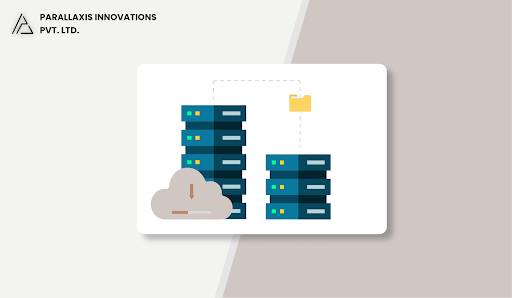In today’s fast-paced, internet-powered world, it’s no longer enough for applications to run on a single server. From social media platforms to online banking, modern applications must handle millions of users, petabytes of data, and demands for 24/7 availability. That’s where distributed system architecture comes into play.
This blog post breaks down the concept of distributed systems in a way that’s easy to understand even if you're just getting started in tech.
What is a Distributed System?
A distributed system is a group of computers (called nodes) that work together like one big system. These computers talk to each other using the internet or a network.
For example, when you watch a movie on Netflix, it’s not just one computer sending the video to everyone. Instead, many computers around the world work together to stream that movie smoothly to millions of people.
Why Use a Distributed System?
Here’s why many big companies use distributed systems:
- Scalability: You can add more computers to handle more users.
- Fault Tolerance: If one computer fails, others can keep things running.
- Performance: Work can be split into smaller parts and done faster.
- Geographic Distribution: Users can get services from the nearest data center for quicker responses.
Key Components of a Distributed System
1. Nodes
These are the individual computers or servers that make up the system. Each node performs part of the work.
2. Network
Nodes communicate over a network (usually the internet) using protocols like HTTP or TCP/IP.
3. Coordination
This helps the computers know what to do and when to do it. Tools like Apache ZooKeeper or etc help manage this.
4. Data Storage
Information is saved across many computers using tools like Cassandra, MongoDB, or Amazon DynamoDB.
Real-Life Examples
- Google Search: Uses many computers to search the entire internet quickly.
- WhatsApp: Sends and receives messages through many servers.
- Uber: Matches drivers and riders using a system that works in real time across the world.
Common Challenges in Distributed Systems

Understanding the benefits is one thing but distributed systems also come with challenges:
1. Latency
Communication over a network takes time. Even a few milliseconds matter when serving millions of users.
2. Consistency
Making sure all computers have the same data is hard. The CAP Theorem says you can’t perfectly have Consistency, Availability, and Partition Tolerance all at once—only two at a time.
3. Fault Tolerance
The system should keep working even if some parts fail. This needs backup plans and smart designs.
4. Security
More computers mean more chances for hackers to attack. You need to protect data using encryption, permissions, and monitoring.
Tools and Technologies to Explore
If you're interested in building or learning about distributed systems, here are a few tools worth exploring:
- Docker & Kubernetes – Help you manage apps across many computers.
- Kafka – Used for sending messages between systems.
- Redis & Memcached – Used for fast storage of temporary data.
- Microservices – A way to build apps using many small, connected parts.
- Cloud Platforms (AWS, Azure, Google Cloud) – Provide tools and services for building distributed systems.
Final Thoughts
Distributed system architecture may sound complex at first—but at its core, it’s about breaking down a big problem into smaller pieces and solving it with many computers working together. As a beginner, you don’t need to master everything at once. Start by understanding the basic principles, explore the tools, and build small projects.
The future is distributed and learning how these systems work will set you up for success in almost any area of tech.



